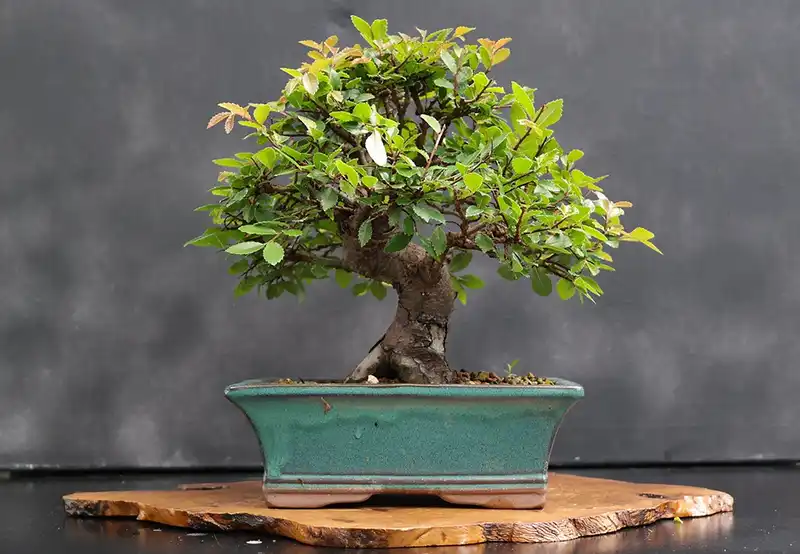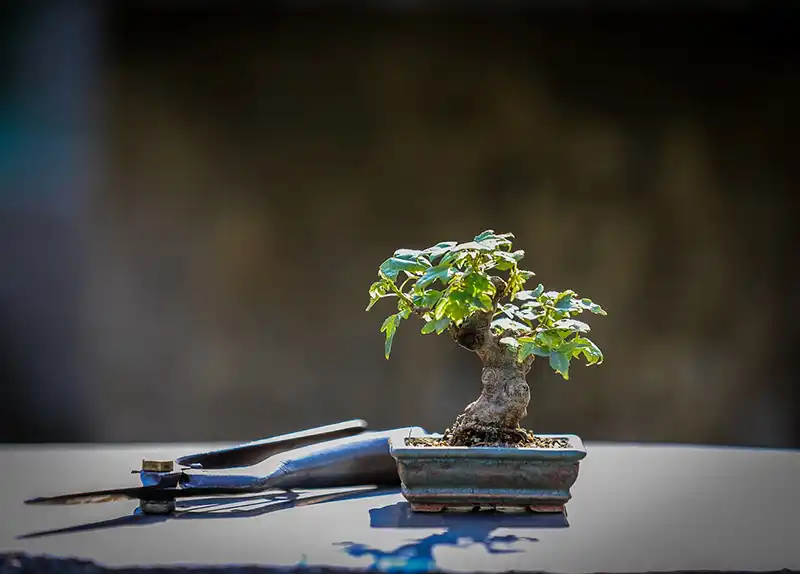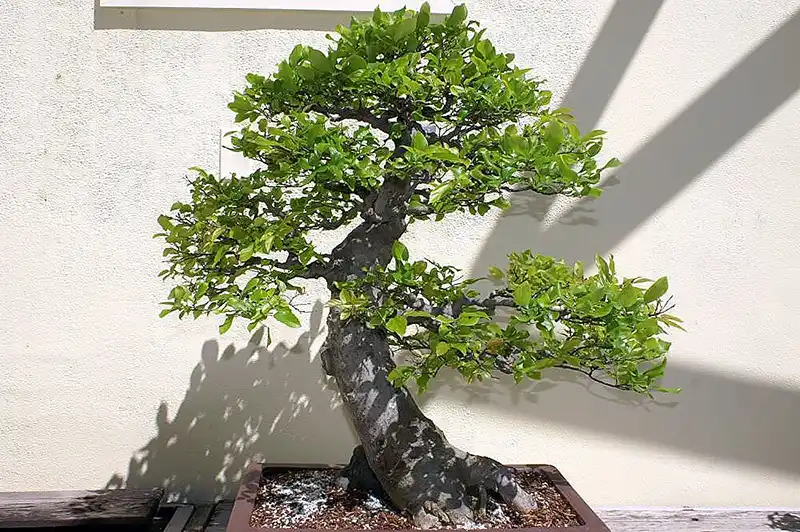How Do I Prune my Chinese Elm Bonsai Tree?
Bonsai is a renowned Japanese art that involves miniaturizing trees by growing them in small containers. The ancient practice has spread worldwide and is a hobby loved by people in many different countries. The trees require shaping and pruning to direct their growth, keep them healthy and fit their roots into small pots.
Regular pruning maintains the tree and allows it to be styled into the desired shape, and keeps it from growing too big. Trimming and pruning are essential skills for any Bonsai enthusiast to learn. To prune your Chinese Elm Bonsai tree, all you’ll need are cutters and a critical eye to get the results you want.
Image courtesy of Jerry Norbury | License details
When to Prune a Chinese Elm Bonsai
The Chinese Elm is a beautiful and popular Bonsai tree. In its natural state, it’s a fast-growing tree that can reach a full height of up to 50 or 60 feet in about 15 years. So obviously, if it’s going to be a Bonsai tree, it will need regular shaping and pruning to keep it small enough to fit into a bonsai container or pot.
You can prune your Chinese Elm Bonsai tree year-round, but it’s really only advisable to do your pruning in the spring or summer when the tree is actively growing. This ensures that the tree will be able to heal properly from the wounds left by the pruning process. Wounds leave the tree vulnerable to infection. The tree uses energy to heal its wounds, so enough time must lapse from one pruning to the next for the tree to heal properly.
Decide Which Branches Must be Pruned
Trimming your Chinese Elm bonsai is essential to control how you want it to grow. You prune it for maintenance and style, to keep it small, and encourage new growth. You can also do structural pruning to make your tree grow into the shape you desire. First, check the tree for damage or limbs not growing the way you want them to. You’ll want to cut branches that don’t fit in with the artistic line you want to create for aesthetic reasons.
Cut branches that cross each other that grow at odd angles or that grow across the trunk, or those that are dead, damaged, or weak. Crossed branches can rub against each other and leave wounds that may let diseases or pests enter the wood. For structural reasons, leave branches on thinner parts of the trunk to help thicken it. If the trunk leans too far in one direction, cut branches growing in that direction and keep those growing in the opposite direction to correct the problem.
Pruning Points to Remember
Apart from shaping your tree for artistic effect or to achieve certain structural goals, there are other basic principles to remember.
Carefully pull out any weeds growing in your Bonsai container, making sure that you don’t damage the roots of your tree. Also, pick dead leaves or twigs from the tree.
Broken branches or twigs should be removed so that the tree’s energy can go into new growth.
Nodes are the joints that leaves grow out of on twigs in the tree. If there are twigs on your tree with more than six nodes, cut them back to 3 or 4. This stops the tree from getting too big and stimulates new growth.
Trimming Your Tree’s Roots
You’ll have to trim the roots when you prune your Chinese Elm Bonsai to keep the part of your tree that’s above ground in proportion to the part that’s under the ground. Trimming back the root system prevents the tree from growing too fast, which can force you to prune more often than you should. Trimming roots too often can allow infection and rot to develop in your tree.
Step 1
Remove the tree from its planter and carefully scrape the dirt from its roots. One way is to “rake” the soil away with a wooden chopstick.
Step 2
Cut the roots until they are no wider than the branches and fit comfortably in the planter. Bonsai trees with large root systems like the Chinese Elm can grow quickly, which can weaken the tree.
Step 3
Place your Chinese Elm back in its planter and cover the roots well with soil. You can work the soil with a chopstick to make sure it settles around the roots without leaving air pockets.
Caring for Your Bonsai After Pruning
To help all your pruning cuts to heal, cover them with Bonsai wound paste. Squeeze a small amount onto a gloved finger and put a light layer on each cut. You can buy the paste at gardening centers and online.
Watering
Water the Bonsai immediately after pruning it, making sure to saturate the soil. After the initial saturation, water your tree lightly daily. Keep the soil moist, but don’t let it get too soggy as the roots can rot.
Fertilizing
Once the tree is growing actively, feed it with fertilizer every two weeks. Use liquid fertilizer for small trees and the granular type for big trees. Remember, the Bonsai tree is small, so don’t use the fertilizer at full strength. Dilute it to half strength, or use half the amount specified in the instructions that come with the fertilizer.
Image courtesy of David J. Stang | License details
Conclusion
Learning how to prune and trim your Chinese Elm Bonsai is an essential skill to ensure the health and beauty of your tree. Once you’ve learned how to prune your tree and done it successfully a few times, you’ll find it easy to do. The results will be obvious. You’ll have a tree that’s structurally sound, beautifully shaped, free of weeds, with a healthy root system, and no diseases to ruin its appearance or even kill it.






